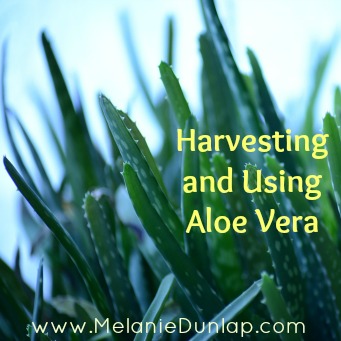Aloe Vera was the first succulent I ever met.
The thick, meaty leaves beckon me to touch and feel the plant despite the thorns that stick out both sides. A popular houseplant, Aloe Vera is often kept on hand as a quick remedy for burns. But don’t think of this as a new age remedy, Aloe Vera has been used as far back as the Egyptians for medicinal purposes. They called it the “plant of immortality”.
It may come as a surprise to find out that Aloe Vera is a member of the Lily family, a relative of the onion, garlic and turnip families. The family connection is evident from the Aloe Vera’s tubular yellow flowers produced annually in the spring and resembling the bloom of an Easter lily.
Easy to grow as a houseplant, Aloe Vera also thrives in our Sonoran Desert. The hot, dry climate is perfect for growing outdoors. One plant will quickly become a mass of green leaves that produce spikes of flowers up to 3 feet tall. This plant is a favorite of hummingbirds; the tube-shaped flowers make it difficult for other birds and insects to reach the nectar. On more than one occasion I have been standing next to a blooming Aloe Vera and had a hummingbird buzz my head to get me to move away from her food.
But the true power comes from inside the leaves. A translucent gel made up of 96% water, 18 – 20 amino acids, all 8 essential amino acids, Vitamins A, B, C and E. It also contains salicylic acid, known for its anti-inflammatory and antibacterial properties. The solid material inside the leaves contain over 75 different nutrients.
The leaves are made up of the outer skin, next to that is a thin layer of yellow substance called the Aloe Latex and inside is the thick clear inner gel. The yellow Aloe Latex is bitter and used in laxative preparations. That inner gel is what we are after!
Click on this video to learn how to save money by harvesting your own Aloe Vera Gel!
Here are 5 ways to use Aloe Vera:
1. As a digestive health supplement: Dice the gel into cubes and blend. Add fruit juice or ingredients for a fruit smoothie and blend together. When juicing with vegetables and fruit add Aloe Vera gel for its leafy green nutrition and to add interesting texture to your juices.
2. Treat burns, scrapes and minor skin infections: Cut a leaf and squeeze the juicy sap directly on the affected area. Great for sunburns. A cut leaf of Aloe Vera will last for weeks in the refrigerator. Wrap in plastic wrap and store with thorns up.
3. Moisturize the skin: A primary ingredient in the cosmetic industry as a moisturizer, Aloe Vera can be used fresh by placing a small amount on the fingertips and smoothing over your face. Clean and soften skin by applying before using mineral makeup.
4. Reduce periodontal disease: According to a study published in the Journal of Ethnopharmacology, Aloe Vera helps treat gum diseases like gingivitis and reduces bleeding, inflammation and swelling of the gums. When drinking it as a juice take a moment to swish it around in your mouth. To make your own mouthwash mix 1 cup Aloe Vera juice, ½ cup distilled water, 2 teaspoons baking soda and 5-10 drop peppermint essential oil. Store in a dark glass container.
5. Relieve joint pain: Apply gel directly on the swollen and painful joints as part of a comprehensive plan to address the root cause of your pain. The anti-inflammatory properties will help reduce swelling and cool the heat of inflammation.
But don’t take my word for it…experiment for yourself! Abundant, inexpensive and easy to harvest make this a must have plant for your home or garden. And nothing feels better on a sunburn than a cool Aloe Vera leaf!
